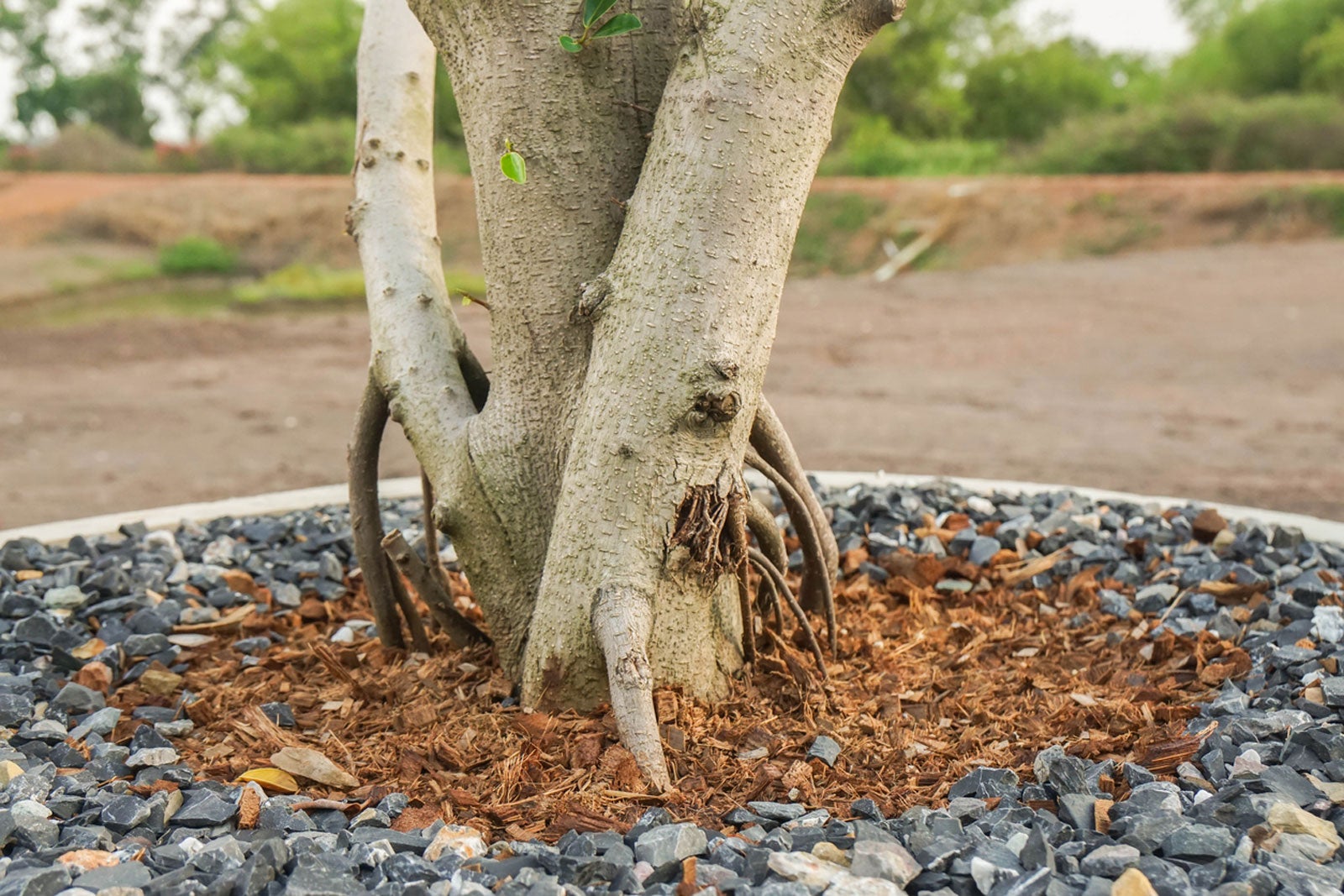Transplanting Old Roots – Can You Dig Up An Established Plant


Every mature plant has an established root system, providing water and nutrients to keep the foliage and flowers alive. If you are transplanting or dividing mature plants, you’ll need to dig up those old plant roots.
Can you dig up an established plant’s roots? You can, but it’s important to do the work carefully to allow the roots to remain intact. Read on for tips on dealing with transplanting old roots.
Digging Up Mature Roots
In most cases, you never see the mature roots of a plant. You install the young plant in your garden bed, water, fertilize, and enjoy it. However, you may see those old plant roots when you are dividing mature plants or moving plants to another location of the garden. In either case, the first step is digging up the plant’s root ball.
Can You Dig Up an Established Plant?
Perennials are easy to neglect since they can grow happily for years without assistance. They will eventually get big and overcrowd, though, and you will need to divide them. Dividing mature plants isn’t hard. You just dig up the plant, divide the roots, and replant the divisions in separate areas.
Can you dig up an established plant? You can dig up most plants, but the bigger the plant, the harder it is to accomplish. If you are dividing the mature roots of a small shrub, a garden fork may be the only tool you need to tease the roots out of the ground. Then, slice the roots into several chunks with a garden saw or bread knife.
Transplanting Old Roots
If you are transplanting the old roots of a large tree, it is time to call in a professional. If you are wanting to simply move a shrub or small tree, you may be able to do it yourself. You’ll want to do some root pruning first, however.
When you dig up the root ball of a tree, you inevitably kill some of the feeder roots, the small extended roots that absorb nutrients and water. Root pruning before transplant encourages the tree to produce new feeder roots closer to the root ball, so roots can travel with it to the new location.
Sign up for the Gardening Know How newsletter today and receive a free copy of our e-book "How to Grow Delicious Tomatoes".
Root prune at least six months before the move to give feeder roots time to grow. To root prune, use a sharp spade and cut straight down through the existing roots around the outside edge of the root ball. Feeder roots will grow from the old root ball.
Alternatively, dig a deep trench around the root ball and fill it in with rich soil. Wait until new feeder roots grow into the trench before transplanting the tree.

Teo Spengler is a master gardener and a docent at the San Francisco Botanical Garden, where she hosts public tours. She has studied horticulture and written about nature, trees, plants, and gardening for more than two decades, following a career as an attorney and legal writer. Her extended family includes some 30 houseplants and hundreds of outdoor plants, including 250 trees, which are her main passion. Spengler currently splits her life between San Francisco and the French Basque Country, though she was raised in Alaska, giving her experience of gardening in a range of climates.